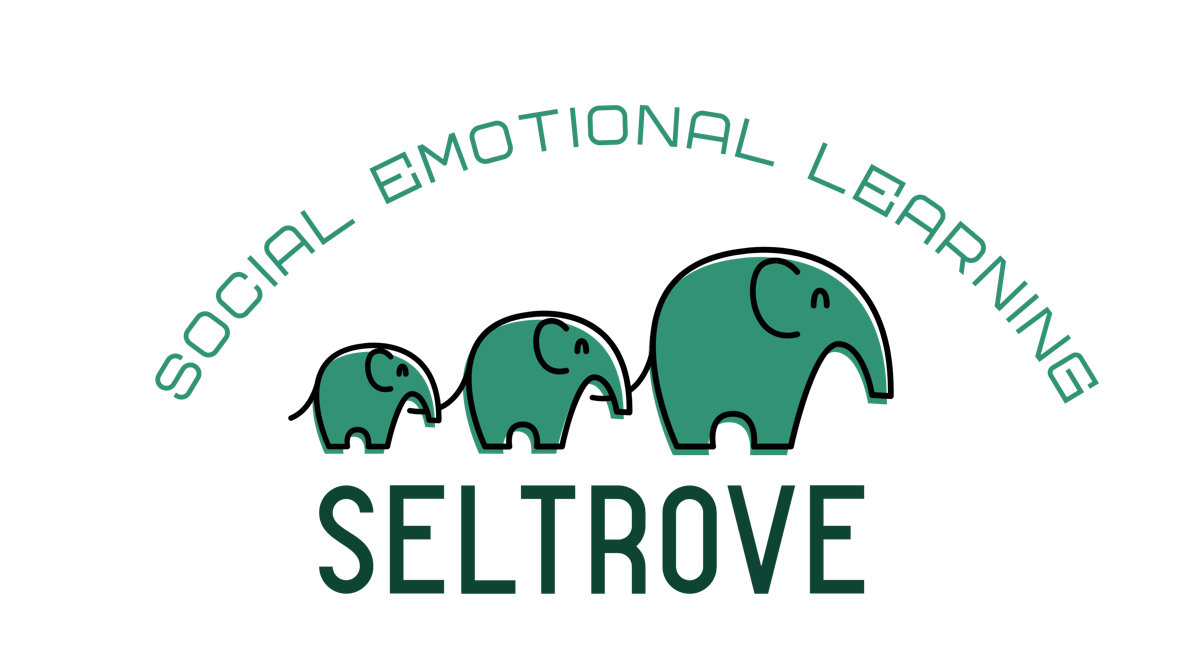Now that we have traded places, occupying a different side of the teacher’s desk, we have the opportunity to frame the conversation in a way that makes sense for our own teaching context. The question is, how and where do we start?
Here are some questions to ask yourself before getting started:
More Teacher Tools
To learn more about equity and antiracist teaching practices subscribe to our Equity Workshop Bundle. Find out more about this bundle here.
Write your awesome label here.
More SEL Teacher Workshops
Identity Workshops
Focus on teaching and supporting your students as they navigate their identity, explore their emotions and develop self-management skills
SEL Foundation Workshops
The SEL Foundations bundle gives you all the information, practice, and resources you need to use SEL-aligned teaching practices with confidence.
Healthy Well-Being Workshops
Learn how to teach students about their own well-being including trauma-informed teaching practices and decision-making skills.
Workshops Community
Explore ways to teach students how to establish, maintain, and restore relationships with this Community Workshop Bundle.
Student SEL
Classroom-Ready Curriculum
Find no-teacher-prep SEL curriculum for your Kindergarten through 12th grade students with the Seltrove student planners! Learn more about our planners here.
Write your awesome label here.
